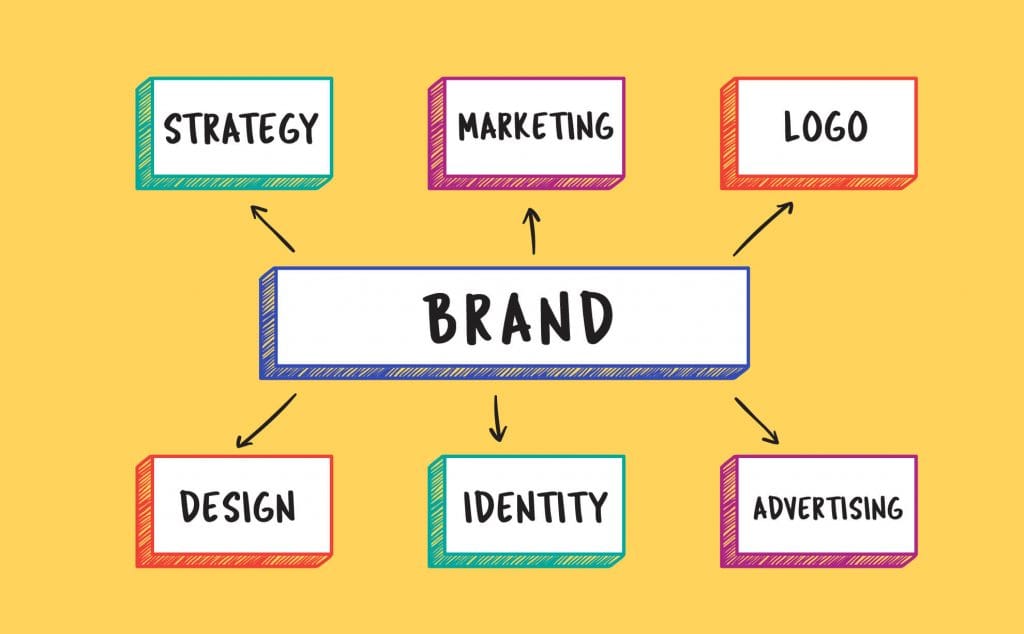
Introduction
In today’s competitive digital landscape, a strong brand identity is more than just a logo—it’s the soul of your business. It shapes how your audience perceives you, builds trust, and sets you apart from the competition. Whether you’re a startup or an established business, crafting a compelling brand identity is crucial for long-term success.
In this step-by-step guide, we’ll walk you through the essential elements of branding and how to create a strong identity that resonates with your audience.
What is Brand Identity & Why Does It Matter?
Brand identity is the collection of all elements that a company creates to portray the right image to its audience. It includes visual components (logo, colors, typography), messaging, tone of voice, and overall personality.
A well-crafted brand identity:
Builds trust and credibility
Creates emotional connections with customers
Differentiates your business from competitors
Increases brand recognition and loyalty
👉 Related Read: Why Your Business Needs a Strong Brand Identity

Step 1: Define Your Brand’s Core Elements
1.1 Understand Your Brand’s Purpose
Before you create visuals or messaging, ask yourself:
What problem does my business solve?
Why does my brand exist?
What values drive my company?
📌 Example: Nike’s purpose is “to bring inspiration and innovation to every athlete in the world.”
1.2 Identify Your Target Audience
Understanding your audience helps tailor your branding to attract the right customers. Define:
Demographics: Age, gender, income, location
Psychographics: Interests, values, behaviors
Pain Points: What challenges does your brand solve?
Pro Tip: Create a customer persona to visualize your ideal customer.
1.3 Establish Your Brand Personality & Voice
Your brand should have a personality that aligns with your audience. Ask:
Is my brand playful or professional?
Should my tone be casual or formal?
Do I use humor, storytelling, or data-driven messaging?
📌 Example: Apple’s tone is sleek, simple, and innovative.
Step 2: Craft a Memorable Visual Identity
2.1 Design a Unique & Recognizable Logo
Your logo is the face of your brand. A great logo should be: ✔ Simple yet distinctive
✔ Scalable (looks good on all platforms)
✔ Aligned with your brand’s personality
2.2 Choose a Strong Color Palette
Colors evoke emotions and influence how people perceive your brand:
🔵 Blue = Trust & Professionalism (e.g., Facebook, PayPal)
🔴 Red = Excitement & Energy (e.g., Coca-Cola, YouTube)
🟢 Green = Growth & Sustainability (e.g., Starbucks, Whole Foods)
2.3 Select Brand Typography
Fonts also play a big role in brand perception:
Serif Fonts (Times New Roman, Garamond): Traditional & Trustworthy
Sans-serif Fonts (Arial, Helvetica): Modern & Clean
Script Fonts (Pacifico, Dancing Script): Elegant & Personal
2.4 Use Consistent Visual Elements
Your brand should maintain consistency across all platforms. This includes:
Icons & graphics
Website & social media aesthetics
Marketing materials & packaging
✔ Scalable (looks good on all platforms)
✔ Aligned with your brand’s personality

Step 3: Develop a Cohesive Brand Messaging Strategy
3.1 Write a Clear Mission & Vision Statement
Mission: What you do and who you serve
Vision: Where you see your brand in the future
📌 Example: Tesla’s mission is “to accelerate the world’s transition to sustainable energy.”
3.2 Create a Brand Tagline & Slogan
A great tagline is short, catchy, and memorable:
Nike: “Just Do It”
McDonald’s: “I’m Lovin’ It”
L’Oréal: “Because You’re Worth It”
3.3 Establish a Unique Brand Voice
Your tone of voice should be reflected in:
Website copy & blogs
Social media captions
Customer communication & email marketing
Step 4: Implement & Maintain Your Brand Identity
4.1 Create a Brand Style Guide
A brand style guide ensures consistency across all branding materials. It includes:
Logo usage guidelines
Color codes (HEX, RGB, CMYK)
Typography rules
Tone & messaging framework
4.2 Apply Branding Across All Touchpoints
Make sure your branding is reflected in:
Website & landing pages
Social media profiles & posts
Email marketing & ads
Packaging & business cards
4.3 Monitor & Evolve Your Brand
Branding is not a one-time task. Regularly:
Gather customer feedback
Track brand mentions & engagement
Adjust branding elements to stay relevant
Conclusion
Building a strong brand identity takes time, but when done right, it creates a lasting impression, fosters trust, and attracts loyal customers. By defining your brand’s core values, creating a cohesive visual identity, and maintaining consistency, you can develop a brand that stands out in any industry.
Ready to take your branding to the next level? Contact Untypical Co. today to create a stunning and effective brand identity tailored to your business needs. 🚀




